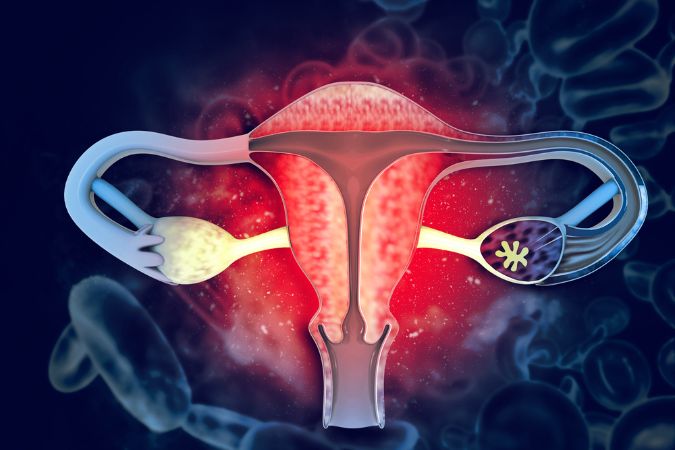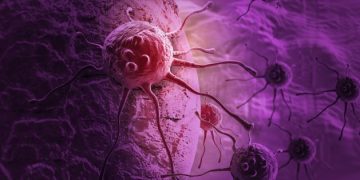The lining of the inside of your uterus is called the endometrium. Your womb’s endometrium thickens and thins over the course of your menstrual cycle. During this time, the endometrium prepares itself for the possible implantation of a fertilized egg. If implantation does not occur, the lining is shed as part of your monthly menstrual flow. If your uterus lining is too thick, it may be a sign of endometrial hyperplasia. This condition can lead to heavy menstrual bleeding and scar tissue formation in your uterus, which reduces fertility.
When you are trying to become pregnant, it is important for your uterus’s endometrial lining to be at least 8 millimeters (mm) thick in order for the fertilized egg to implant and develop. Having a healthy endometrial lining is essential for pregnancy success, but other factors also play a role in successful embryo implantation.
A woman’s uterus lining can be measured using an ultrasound. Your doctor will insert a small device into your vagina that converts sound waves into images of the inside of your uterus. An ultrasound can see your uterus’s lining thickness and identify abnormal areas that may be signs of endometrial cancer.
During the first half of your menstrual cycle, the endometrium grows thicker in response to estrogen. The lining grows and becomes more vascular in preparation for the possible implantation of a fertilized embryo. After ovulation, the lining will continue to grow and become more glandular. The endometrial lining reaches its highest level of thickness during this period, known as the late proliferative phase, around days 15-21 of your menstrual cycle. If implantation does not occur, the endometrium will gradually begin to break down.

After ovulation, the corpus luteum will produce a large amount of progesterone. The progesterone will change the functional layer of the lining into one that is hospitable to a fertilized egg. The basal layer, which is adjacent to the functional layer of the lining and contains stem cells, will regenerate itself from these stem cells. The shedding of the lining at the end of your menstrual cycle is known as your period.
In postmenopausal women, the endometrium typically begins to thin due to a lack of hormonal stimulation. A womb’s endometrial thickness in this group is usually 4 mm or less when measured by transvaginal ultrasound. An endometrial thickness of this size can be a sign of abnormalities such as adenocarcinoma or endometriosis.
When you are undergoing in vitro fertilization, your doctor may recommend that you use a high-dose progesterone supplement to promote an 8 mm thick endometrial lining for the best chances of successful embryo implantation. Some doctors also recommend that you delay an IVF cycle until your uterus’s endometrial stripe has reached 8 mm or greater to improve your odds of success. This strategy is also recommended if you’re having trouble getting pregnant after an unsuccessful fresh embryo transfer cycle. In addition, some doctors suggest that you freeze the embryos from your IVF cycle and perform a frozen embryo transfer (FET) later on in your menstrual cycle. This can give your body a chance to rest and recover before beginning another round of IVF treatment.









